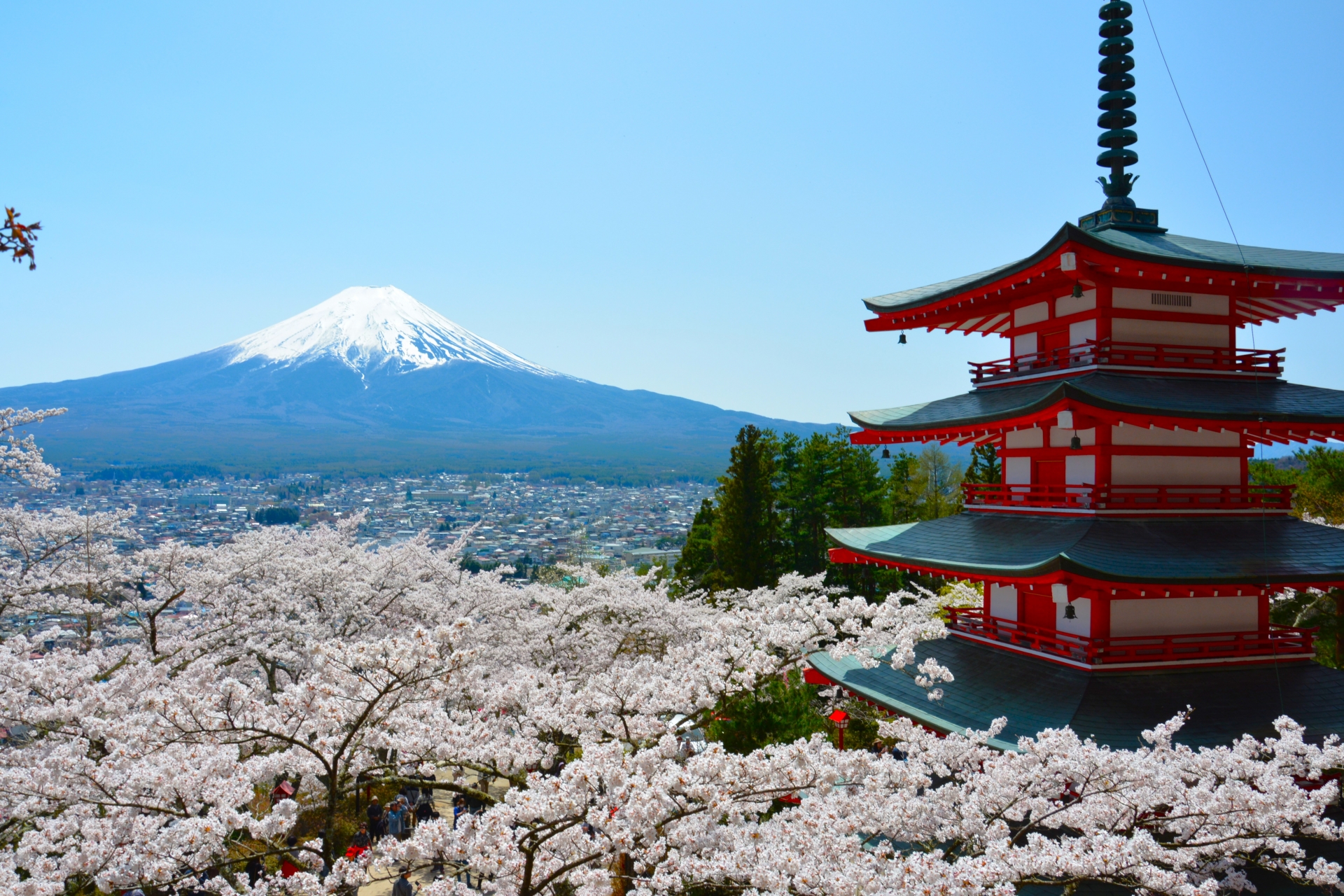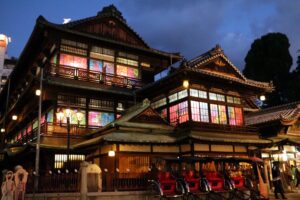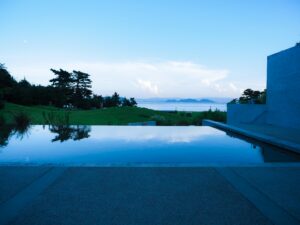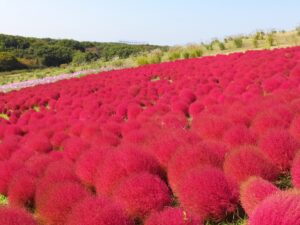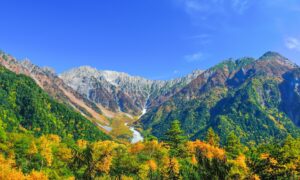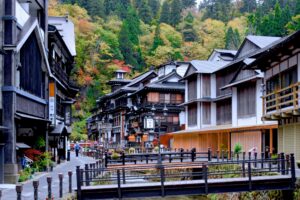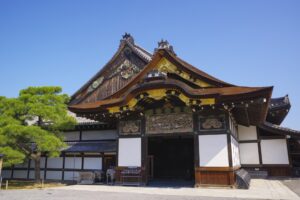Japan is a country of vibrant seasons, each offering unique experiences for travelers. Whether you’re chasing the iconic cherry blossoms, savoring the autumn colors, or enjoying winter sports, timing your visit can make all the difference. This guide will help you decide when to go based on your interests, budget, and the experiences you seek.
Best Time to Visit Japan for Weather and Seasons
Japan’s climate is characterized by four distinct seasons, each providing unique travel opportunities. From the blooming of cherry blossoms in spring to the vivid autumn foliage, understanding Japan’s weather patterns is key to planning your trip. Different regions experience varying weather conditions, with Hokkaido having cold, snowy winters and Okinawa boasting tropical climates. The main islands like Honshu and Kyushu offer a moderate climate with hot, humid summers and cool winters. Spring and autumn are generally the most pleasant times, offering mild weather and clear skies, perfect for sightseeing and outdoor activities. In contrast, summer can be hot and humid, while winter attracts snow sports enthusiasts to the northern regions.
Spring: The Season of Cherry Blossoms
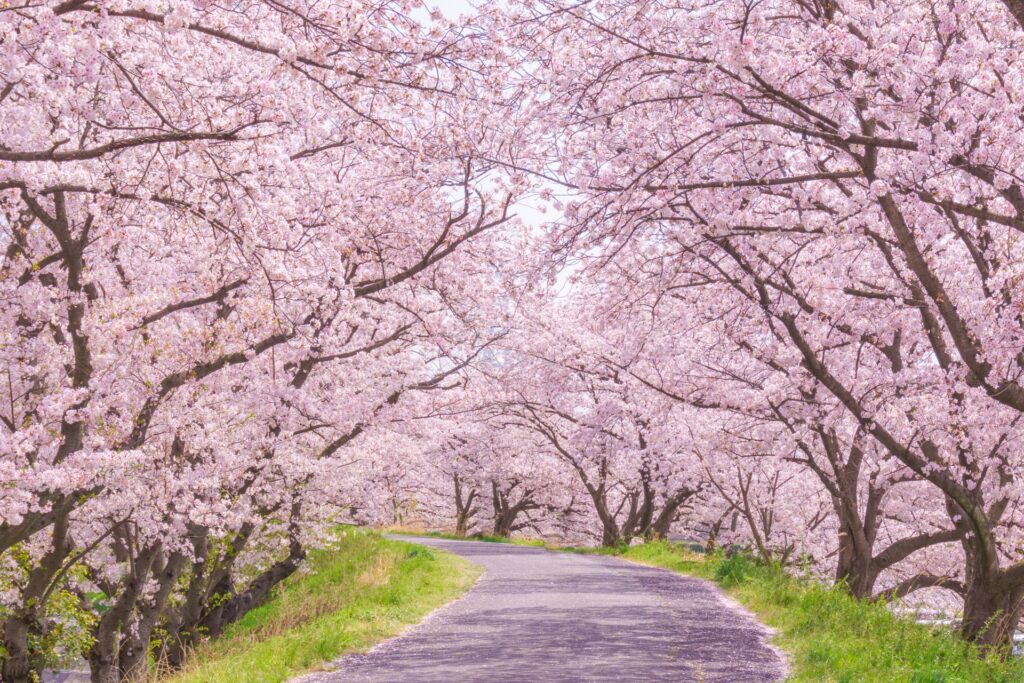
Spring, from March to May, is arguably the most popular time to visit Japan, mainly due to the iconic cherry blossom season, known as hanami. This tradition of viewing cherry blossoms is celebrated with picnics under the blooming trees in parks across the country. Tokyo, Kyoto, and Hokkaido are top destinations for witnessing this floral spectacle, each offering unique landscapes and cultural events. Apart from cherry blossoms, spring is also the time for other festivals, like the Takayama Spring Festival and the Aoi Matsuri in Kyoto, which draw crowds to experience Japan’s rich cultural heritage against the backdrop of spring’s beauty.
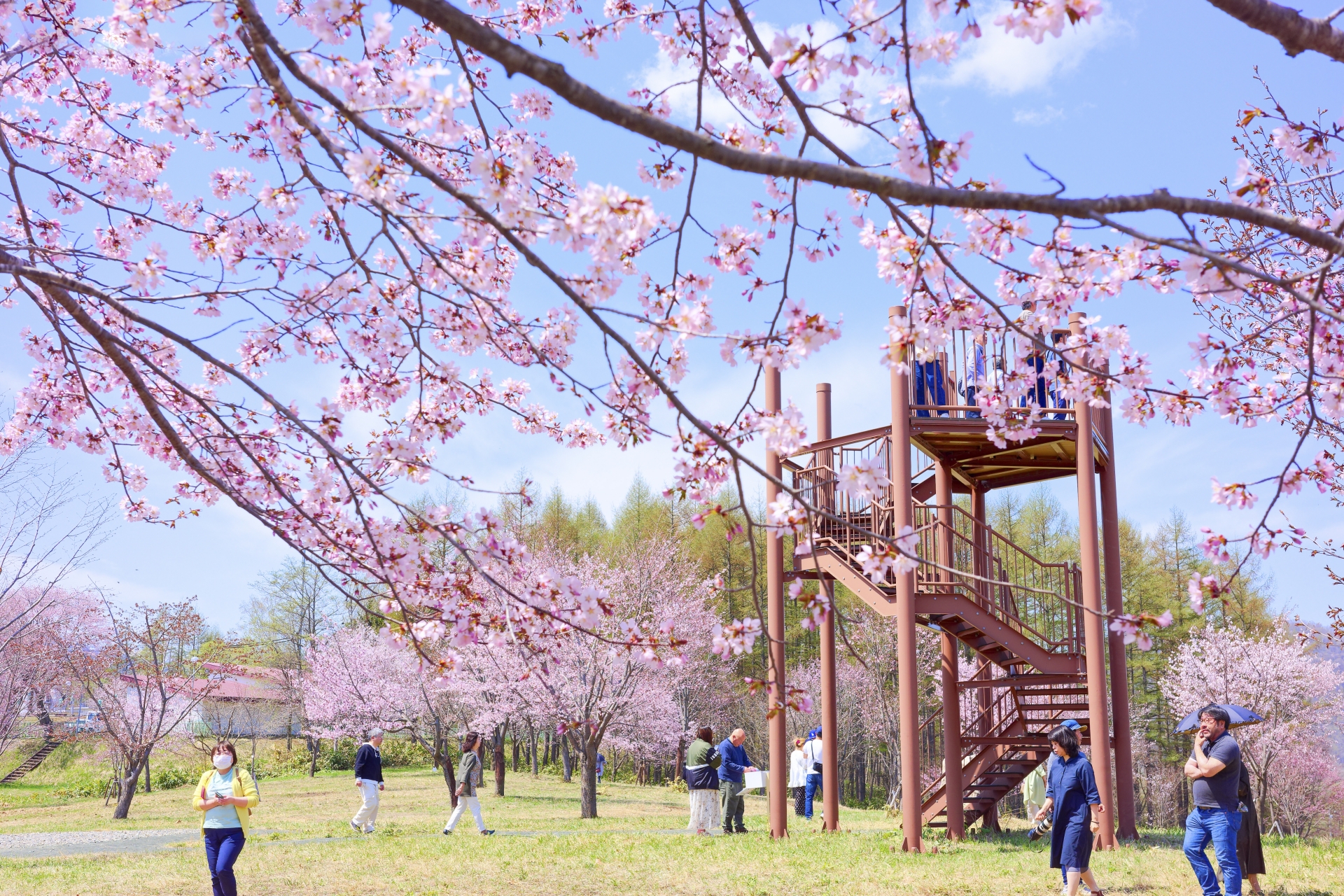
Summer: Festivals, Beaches, and Heat

From June to August, summer in Japan is a vibrant time filled with festivals (matsuri), fireworks displays, and outdoor activities. Popular events include the Gion Matsuri in Kyoto, one of Japan’s most famous festivals, and the Sumida River Fireworks in Tokyo, which attracts thousands of spectators. However, summer also brings heat and high humidity, especially in cities like Tokyo and Osaka. It’s essential for travelers to stay hydrated and wear light clothing. Typhoon season begins in late summer, mainly affecting the southern and coastal regions. Despite the heat, summer is perfect for exploring Japan’s beaches in Okinawa or hiking in the cooler mountain areas.
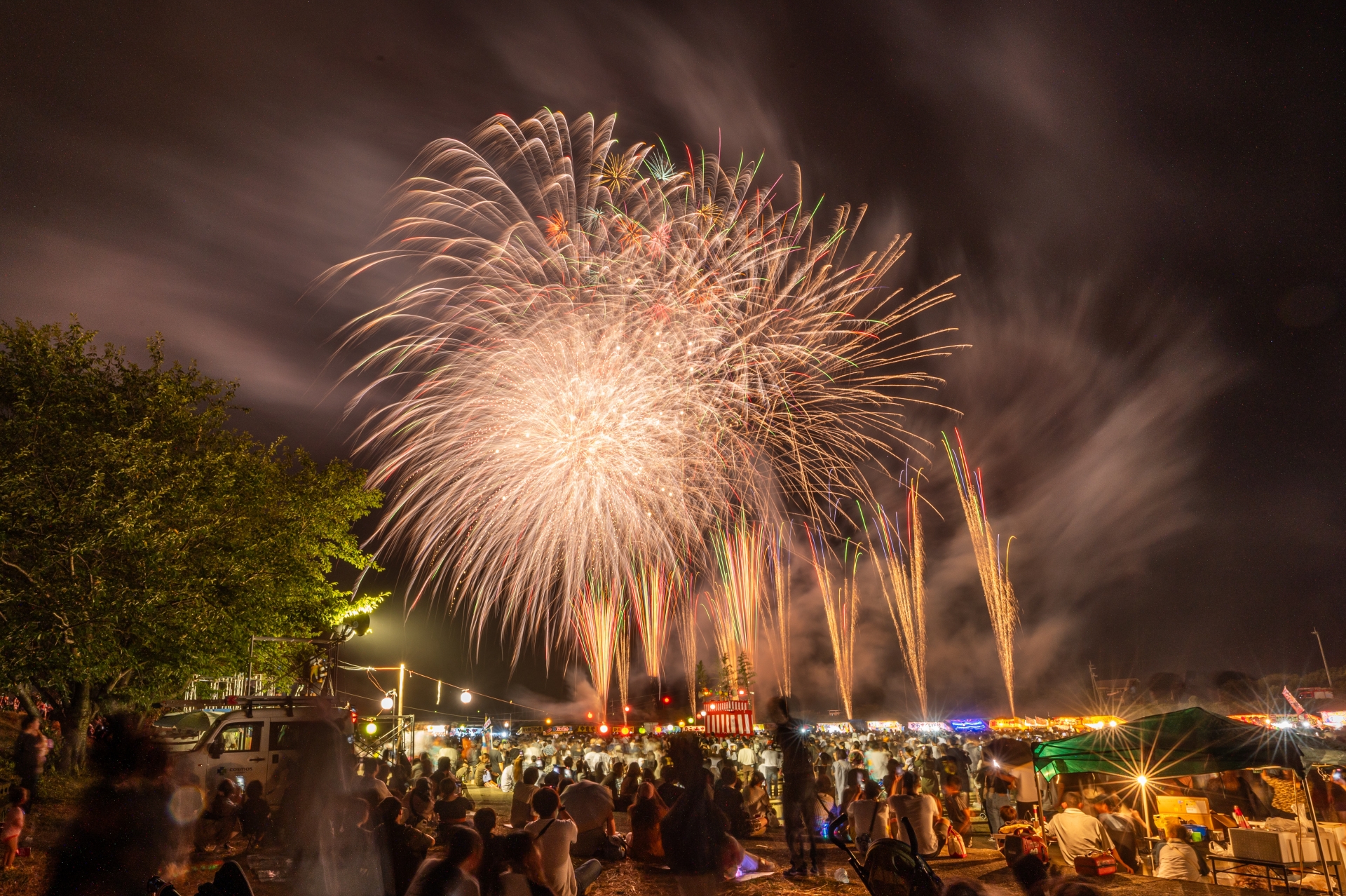
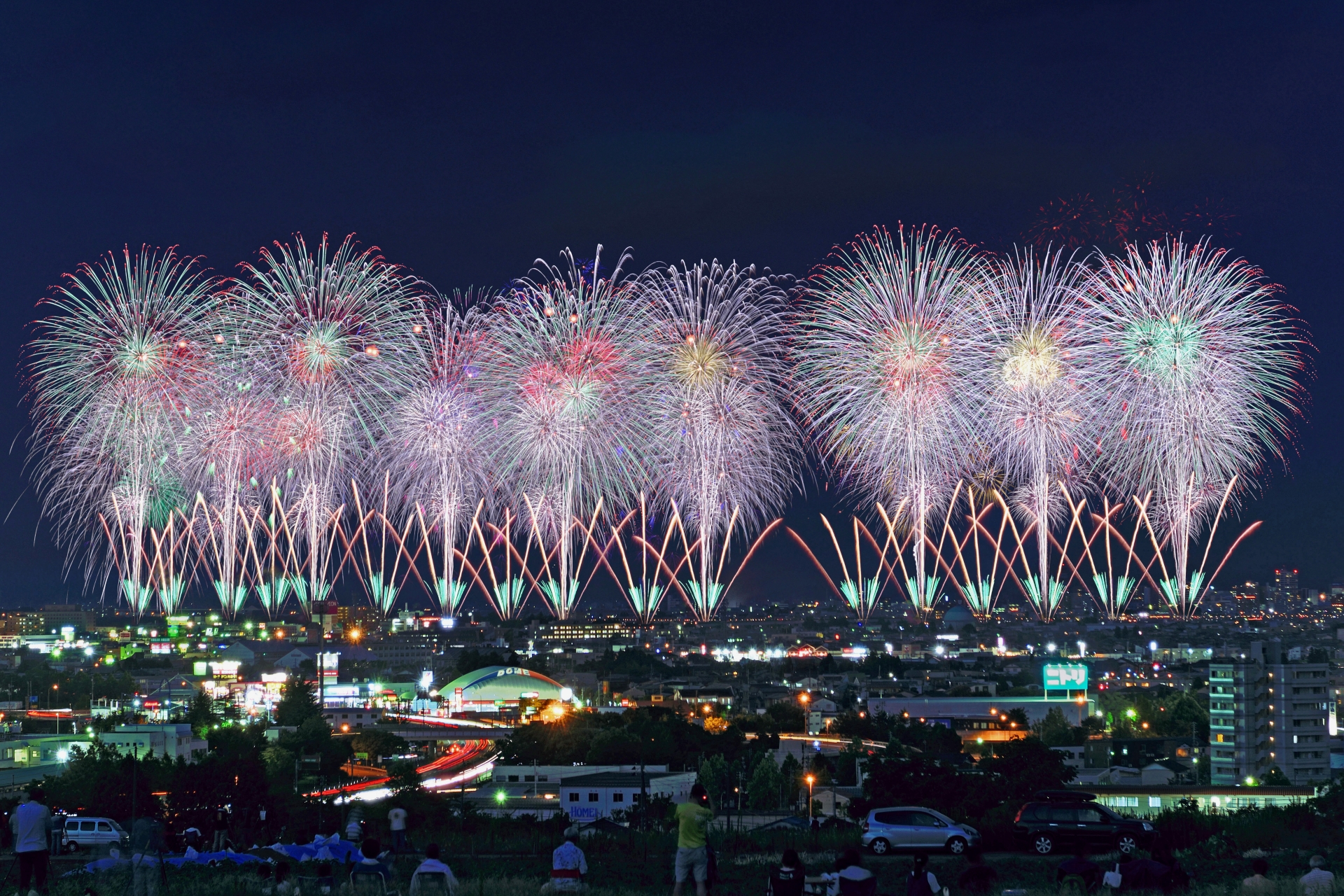
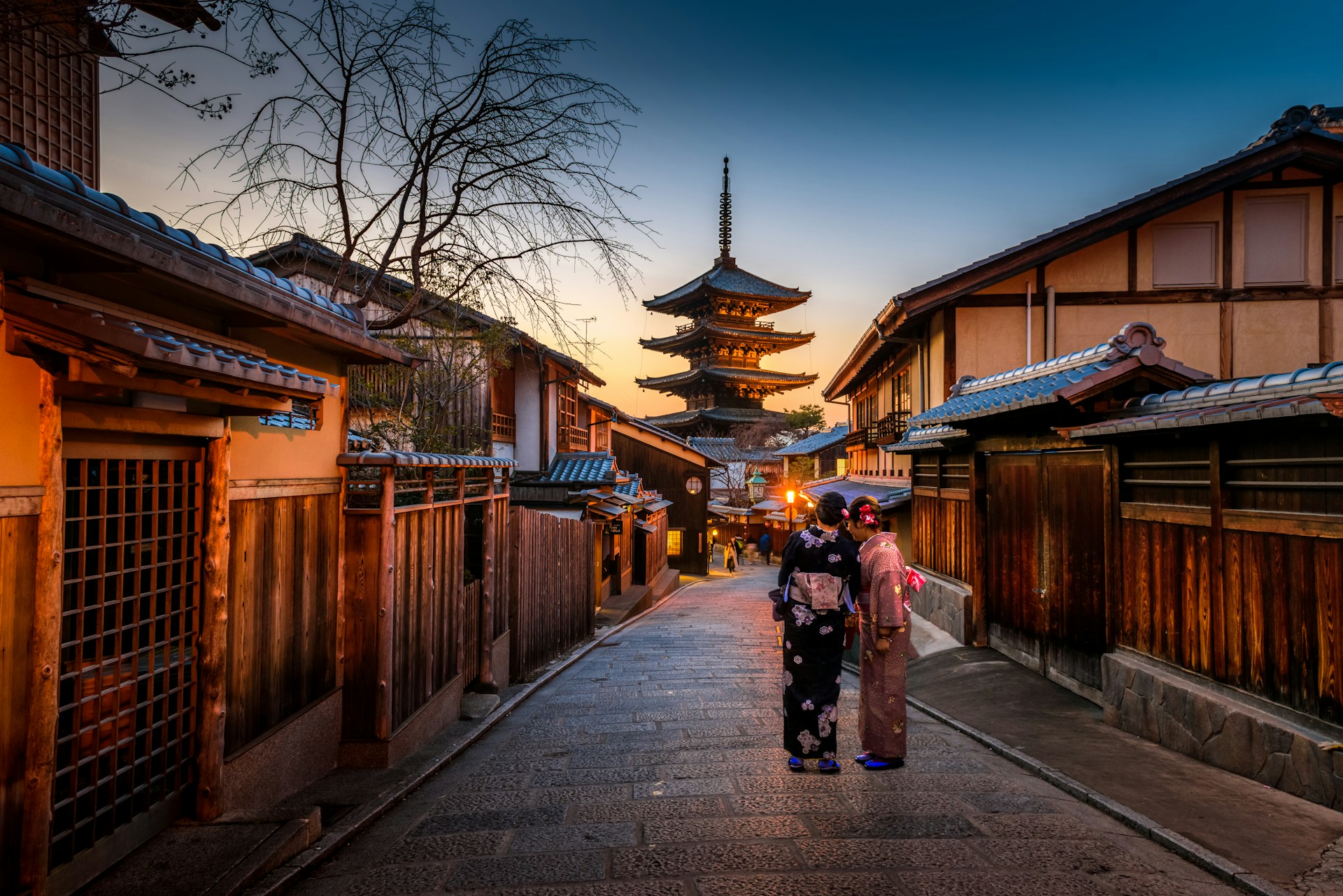
Autumn: Fall Foliage and Cultural Events

Autumn, from September to November, offers some of the most picturesque landscapes in Japan. The season is marked by vibrant foliage, with maple and ginkgo trees turning shades of red, orange, and yellow. Top spots for leaf viewing include Kyoto’s temples, Nikko’s national parks, and the Japanese Alps. The mild weather makes autumn an ideal time for exploring Japan’s natural beauty and historical sites. Additionally, cultural events like the Kurama Fire Festival and harvest festivals celebrate the season’s bounty, adding a rich layer of cultural experience for travelers during this time.
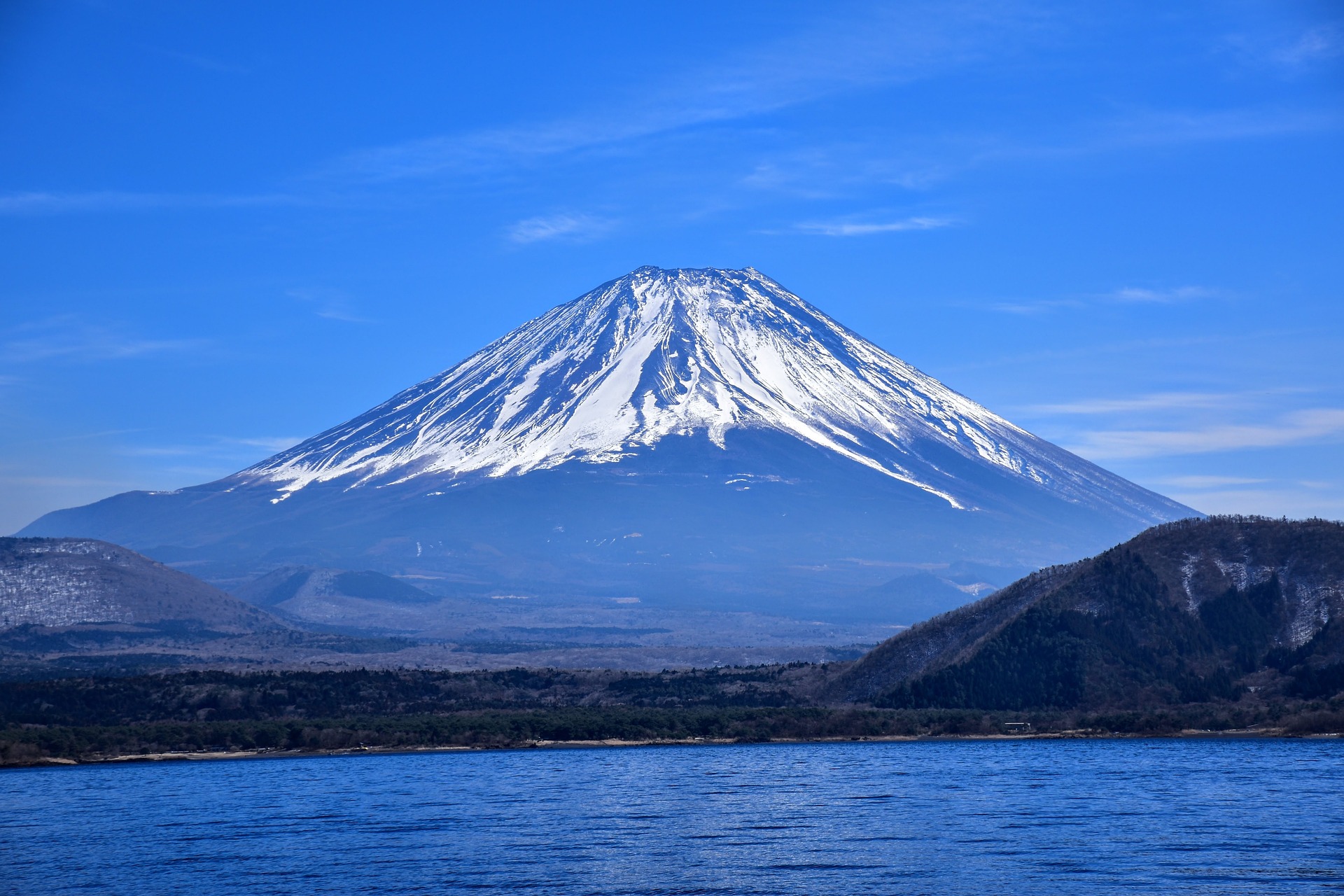
Winter: Snow Sports and Less Crowds
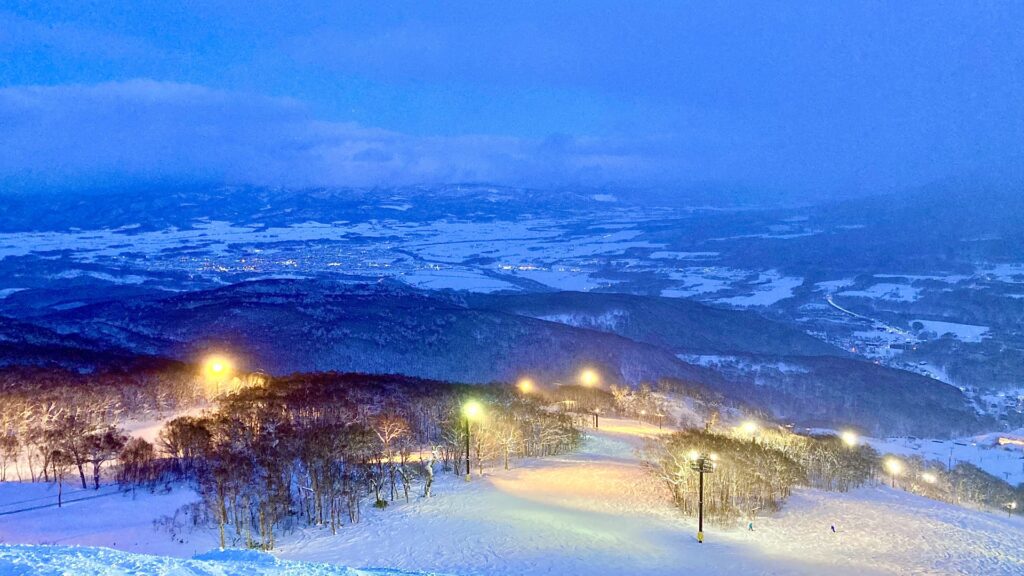
Winter, spanning from December to February, brings a different charm to Japan. Snow blankets the northern regions and mountain areas, making it a haven for skiing and snowboarding enthusiasts. Hokkaido, in particular, is known for its world-class ski resorts and the Sapporo Snow Festival, where giant ice sculptures create a winter wonderland. For a more relaxing experience, soaking in a hot spring (onsen) while surrounded by snow is a must-try. Winter also sees fewer tourists, resulting in shorter lines at popular attractions and lower accommodation prices, making it an appealing option for budget-conscious travelers.
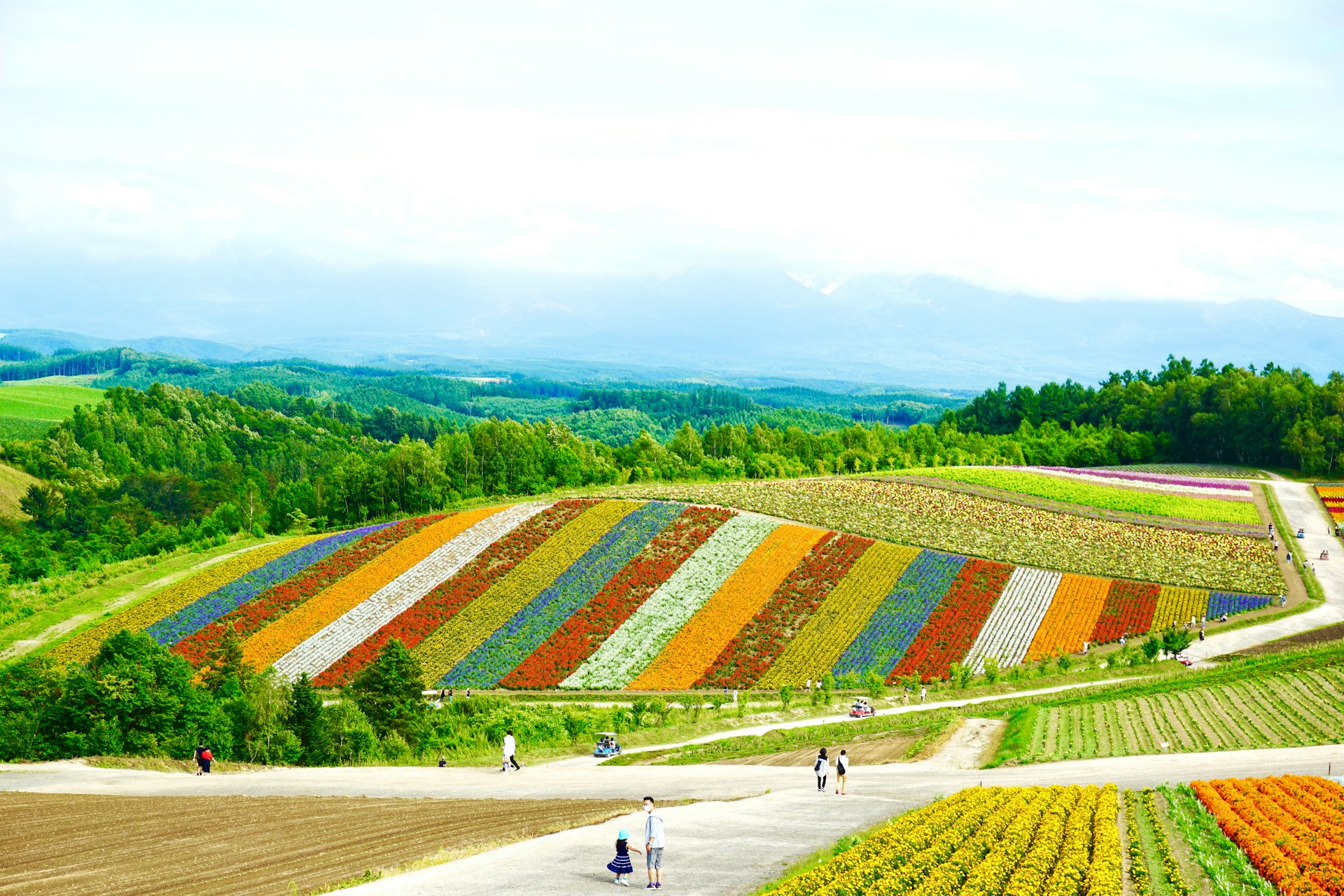
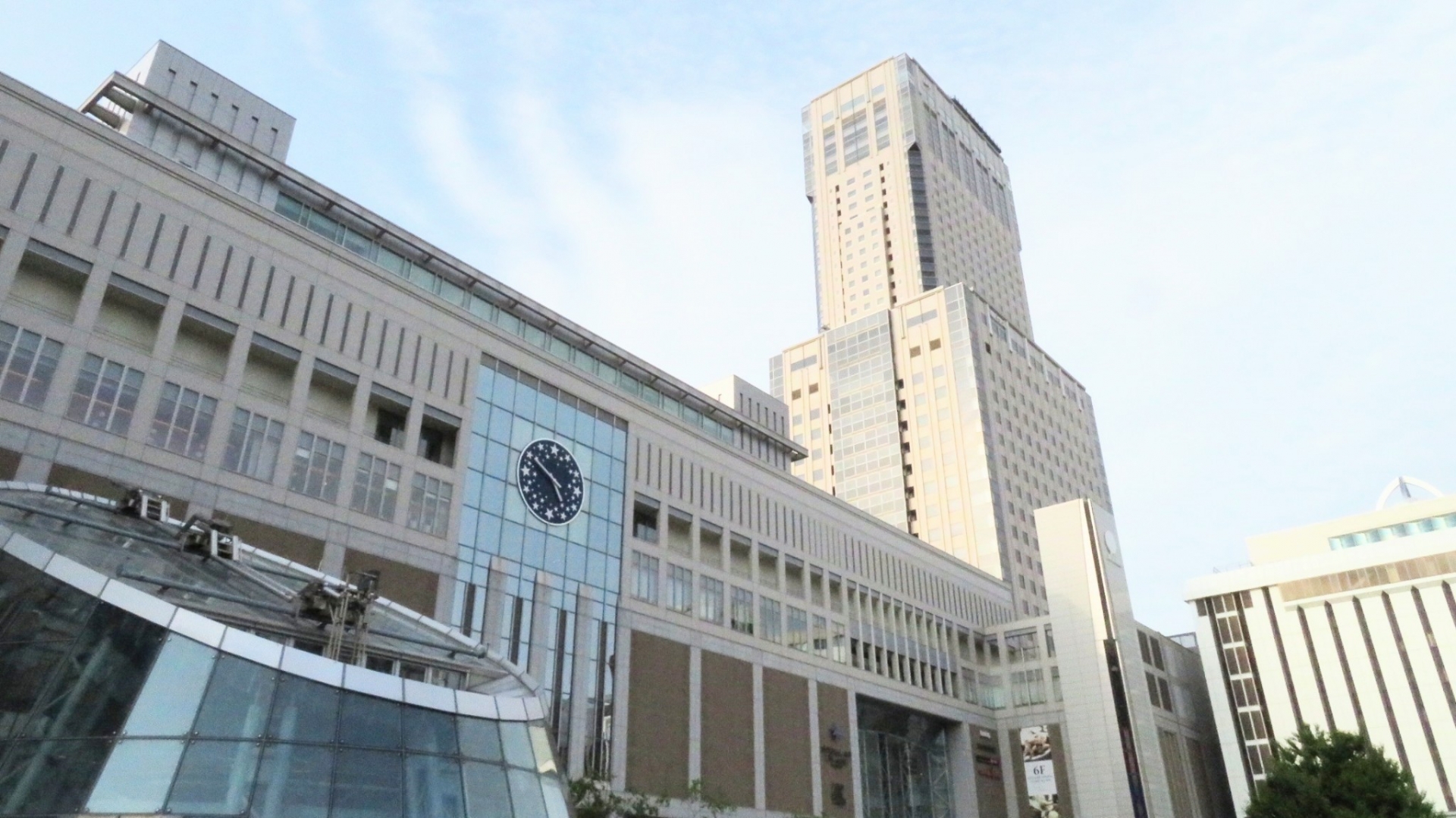
Best Time to Visit for Specific Activities
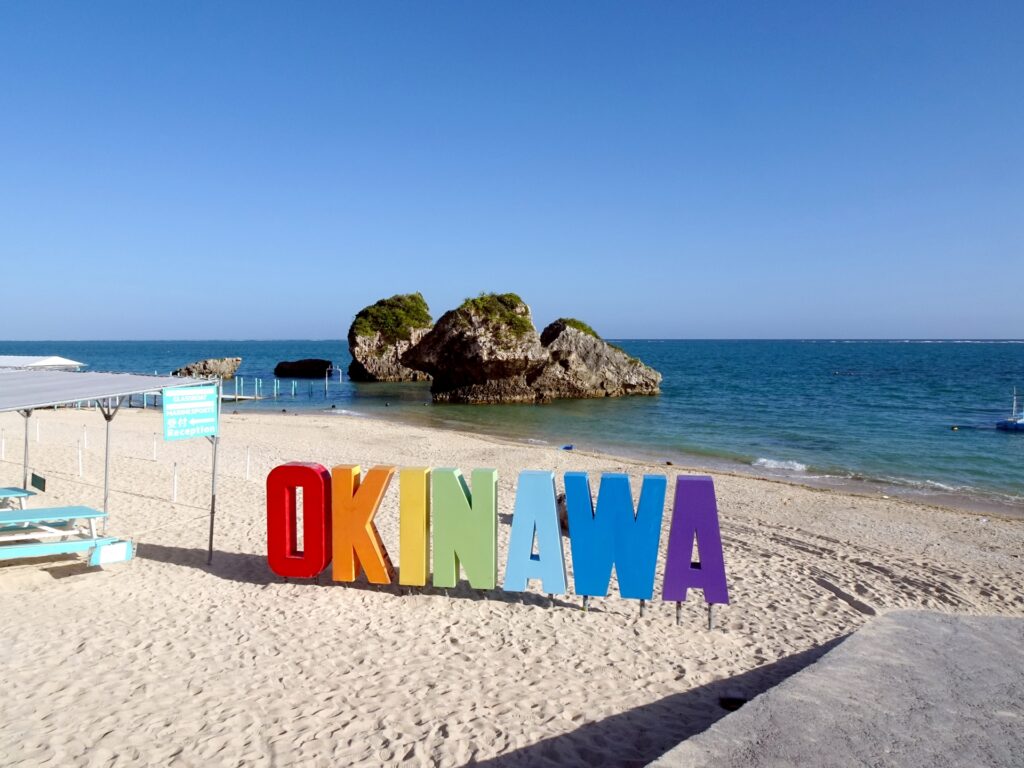
日本には多様な景観と豊かな文化遺産があり、季節を問わずいつでも何か楽しめるものがあります。桜の開花時期は 3 月下旬から 4 月上旬が理想的です。スキーは 12 月から 2 月がベストで、北海道と長野が人気の目的地です。ハイキング愛好家には、気温が下がり山々が色鮮やかになる秋がベストです。ビーチ好きの方は、台風シーズンの 8 月下旬から 9 月を避けて、夏に沖縄へ出かけましょう。

Tips for Avoiding Crowds and Saving Money
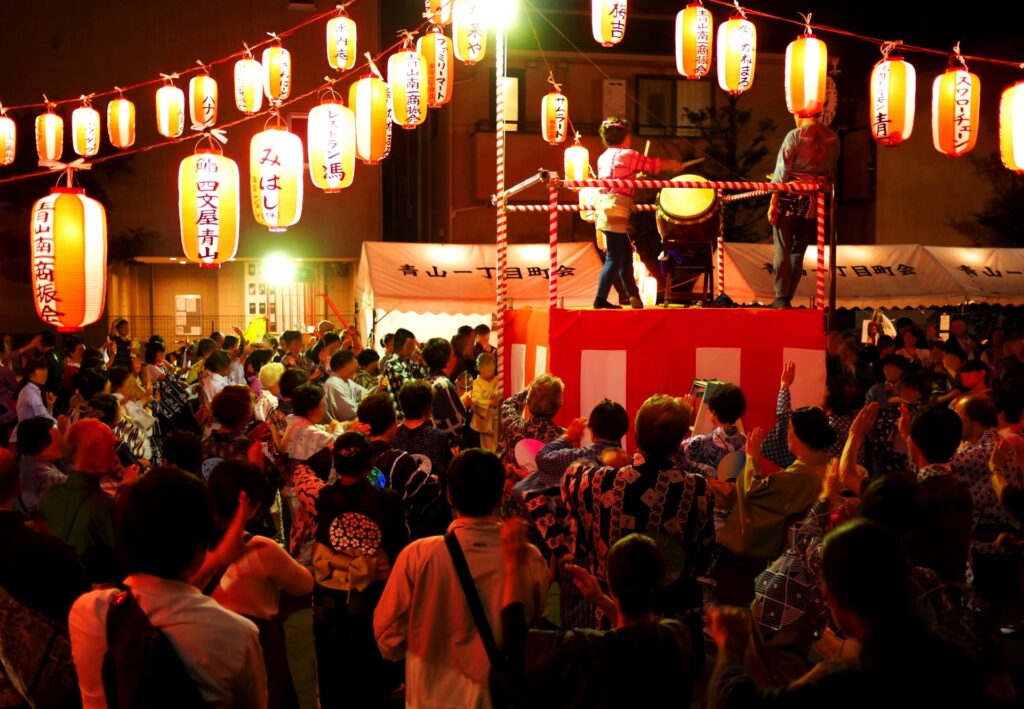
To avoid crowds and save on travel costs, consider visiting Japan during the shoulder seasons. Late May and September offer pleasant weather and fewer tourists, making it easier to explore popular sites without the hustle and bustle. Additionally, avoiding peak travel periods such as Golden Week in early May, Obon in mid-August, and the New Year holidays can help you enjoy a more relaxed experience. Booking accommodations and transportation in advance can also lead to significant savings, especially if traveling during peak times.
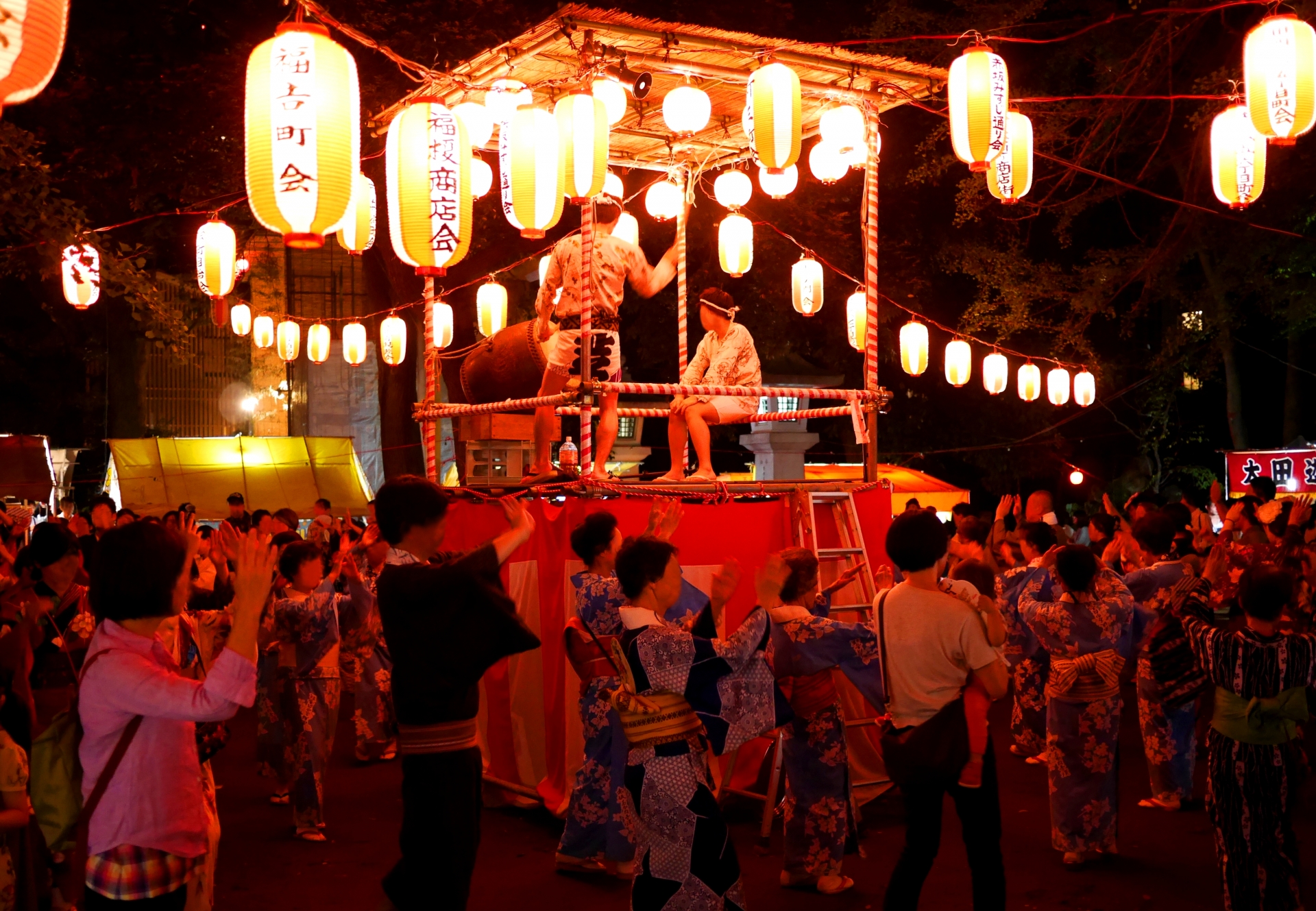
Conclusion: Planning Your Trip to Japan
Choosing the best time to visit Japan depends on your personal interests, whether it’s experiencing cultural festivals, exploring natural landscapes, or participating in seasonal activities. By considering weather patterns, crowd levels, and specific events, you can tailor your trip to ensure a memorable experience. For more detailed planning, check local tourism websites and guides, which offer up-to-date information on seasonal highlights and events.

